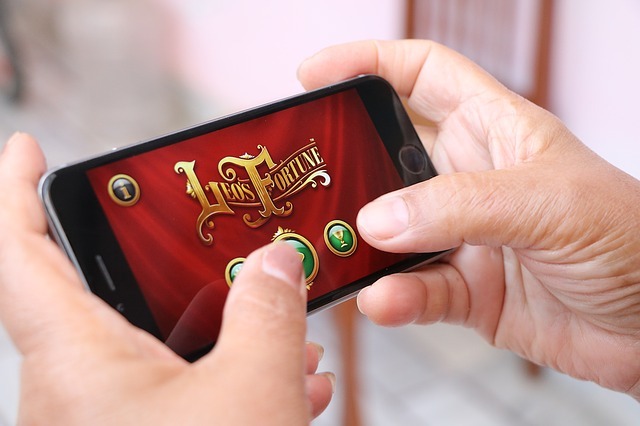
2007 was a year filled with innovations in the world of technology. It was the year when Amazon introduced the Kindle, when the “One Laptop Per Child” initiative was born, when Motorola released WildCharge, its first wireless charging pad for its RAZR phone, and when the PowerBuoy, a floating device to convert wave energy into electricity, was deployed. And it was also the year when Apple released the iPhone, a device that would become the starting point of a revolution. The iPhone didn’t only change the way we look at phones but it also brought fundamental changes into the world of software, especially gaming. Let’s take a look at the state of the gaming industry today, in the Year 10 Ai (After iPhone) to see its effects.
Billions of players
The number of active smartphones worldwide is estimated to have exceeded 2.5 billion this year – and this is a conservative estimate, too. This means that more than 2.5 billion people have access to an amazing variety of apps and games, turning the smartphone into the most widely used gaming device ever created. Today, anyone with a smartphone in their pockets can play free online Vegas casino games at the Vegas Palms, and doesn’t even need the latest hardware to do so: most casual games, like the ones at the Vegas Palms, are designed to run on virtually any smartphone with any operating system.
Previously unseen demographics
PC and console games are usually aimed at young male players – so much so, that female gamers were seen to be as rare as a black swan for years. Smartphones, in turn, reached out to new player categories, bringing games within the reach of other demographics, too. Today, the most-played game genres at a global scale are puzzle games, and these games are predominantly played by female players aged 18 to 54. A major – and pretty unexpected – shift in focus for game developers, if you ask me.
Shifting market shares
For years, PC and console games were constantly fighting for supremacy on the gaming market. The “personal screen”, as some refer to the combined smartphone/tablet platform, has started far later and moved much faster than these two. According to Newzoo, the authority in gaming, mobile, and esports market research, the “personal screen” dominated 39% of the global gaming market last year, and smartphones alone had a market share of 29%, exceeding that of the PC. Next year, Newzoo expects smartphones to overtake both PCs and consoles, becoming the leading segment from a revenue-generation point of view. According to the company’s estimates, smartphone and tablet games will be responsible for half of the global gaming industry’s revenues by the year 2020.
